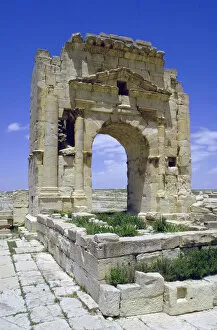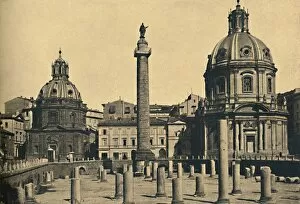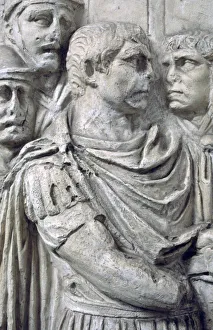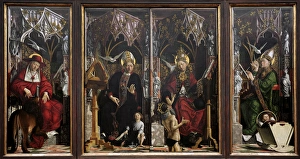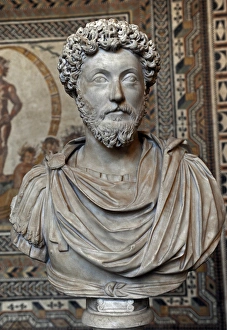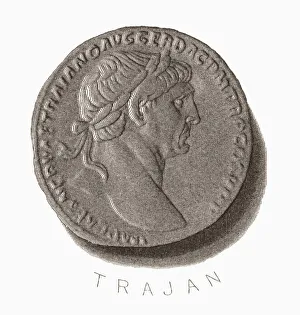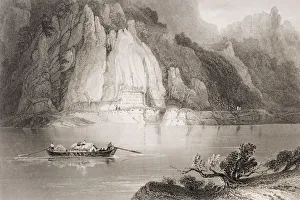Trajan Collection (page 4)
"Trajan: A Roman Emperor's Legacy Carved in Stone" The Trajan Column, situated in Rome, stands tall as a testament to the grandeur of ancient Rome
All Professionally Made to Order for Quick Shipping
"Trajan: A Roman Emperor's Legacy Carved in Stone" The Trajan Column, situated in Rome, stands tall as a testament to the grandeur of ancient Rome. Its base portion showcases intricate carvings depicting scenes from Trajan's military campaigns. One such scene portrays Saint Hermione, a Christian martyr who defied the emperor's orders. Not far from Naples lies the Arch of Trajan, an architectural marvel dating back to 187 AD. This majestic structure was built to honor Trajan and his achievements. Designed by Apollodorus of Damascus, it serves as a reminder of the emperor's greatness. ApolloDorus' masterpiece also includes depictions of the Attack on Dacian Village, showcasing Trajan's military prowess and conquests. The detailed reliefs on this column provide invaluable insights into ancient warfare strategies employed by Roman legions. As we delve deeper into history, we discover that Trajan was not only revered for his military triumphs but also for his leadership skills. Engravings depict him as a wise ruler who brought stability and prosperity to Rome during his reign from 98-117 AD. Intriguingly enough, even footwear finds its place in Trajan's story. Ancient Roman shoes and sandals have been discovered throughout archaeological excavations, giving us glimpses into the fashion trends prevalent during that era. Artists like Michael Pacher immortalized Trajan through their works; one notable piece being Pacher's Altarpiece which captures the essence of devotion towards this influential figure. Another bust carved in marble pays homage to Marcus Aurelius - another prominent Roman Emperor - whose rule followed after that of Trajan’s. These sculptures serve as reminders of their enduring legacy within Roman history. Trajan left an indelible mark on Rome and its empire – both through his military conquests and administrative reforms – making him one of the most celebrated emperors in history.

